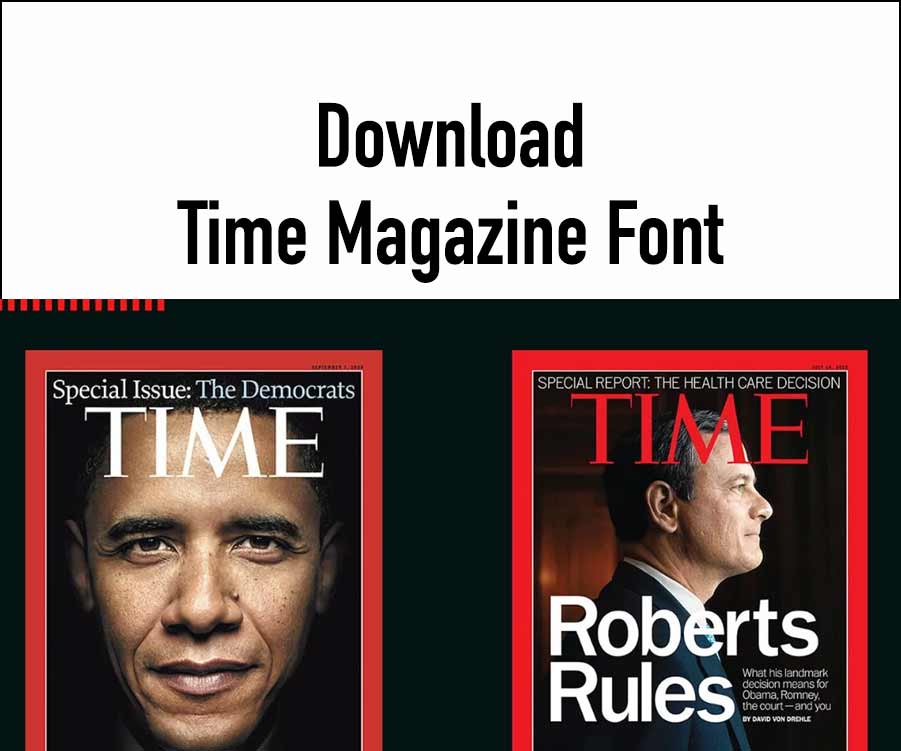Time Magazine has a distinctive typographic style that has become almost synonymous with the publication itself. The Time Magazine Font used for its iconic logo is not available for public use, reflecting a bespoke design tailored specifically for the magazine.
However, the spirit and visual impact of the Time Magazine logo can often be captured in designs and projects by using similar fonts.
Where to Download Time Magazine’s Font
While the exact custom typeface used for Time Magazine’s logo is not available for public download, there are similar fonts that designers can use to capture the essence of Time Magazine’s cover.
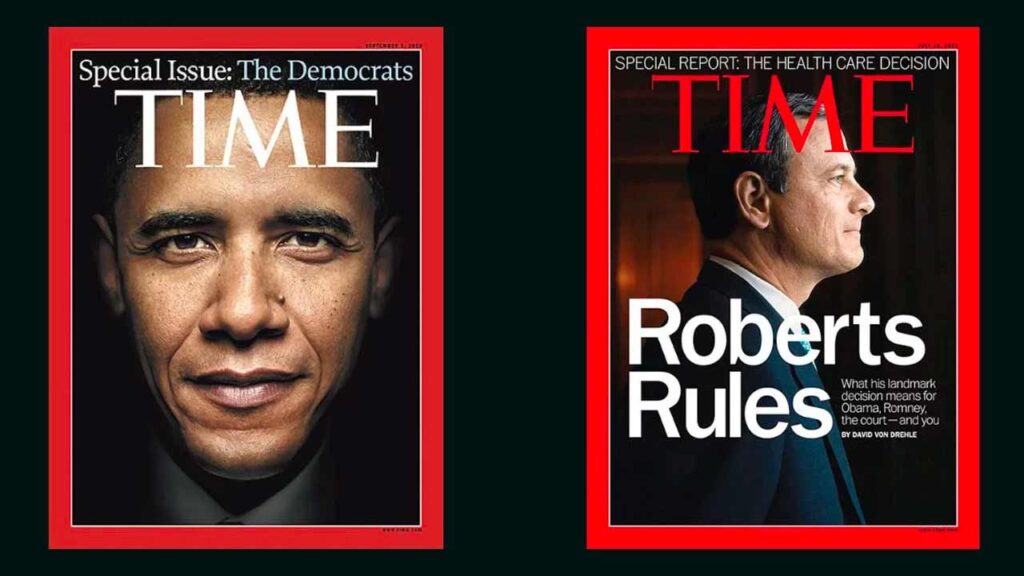
Designers looking for alternatives to Time Magazine’s unique typeface can consider Cinzel, which mirrors the ethos of classical Roman inscriptions with a modern twist.
The font resonates with the stately quality of the original and is available through Google Fonts. For those interested in incorporating a piece of the Time Magazine aesthetic into their projects, Cinzel offers an accessible and legal avenue for designers to weave the essence of a major publication into their work.
Download The Time Magazine Font For Personal Use
Cinzel is a free alternative that echoes the gravitas of Time Magazine’s lettering. It is inspired by first-century Roman inscriptions, striking a robust connection to classical typography.
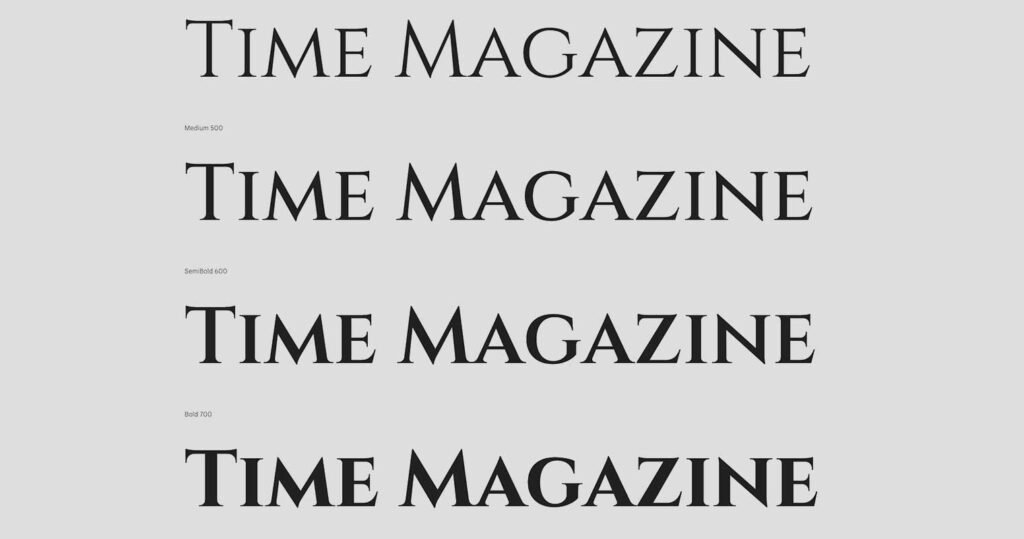
While the authentic Time Magazine font might be inaccessible, several noteworthy alternatives offer a close match to the magazine’s signature typography and are readily available for download to use in a range of design projects.
Unveiling Time Magazine’s Typeface
Recognized globally, Time Magazine’s distinct serif typeface on its cover not only captures attention but also conveys its storied tradition of journalistic excellence.
This section will shed light on the nuances of the typeface used in the Time Magazine logo and text, its role in establishing brand authority, the legalities concerning its usage, and the alternatives available for download.
Analyzing the Time Magazine Logo
Time Magazine’s iconic logo employs a serif font that contributes to its classic and authoritative appearance. Specifically designed, the logo has been similar to Times New Roman but is not the same. For a period, Cinzel has been cited as a close match and a free alternative to Time’s traditional-looking logo font.
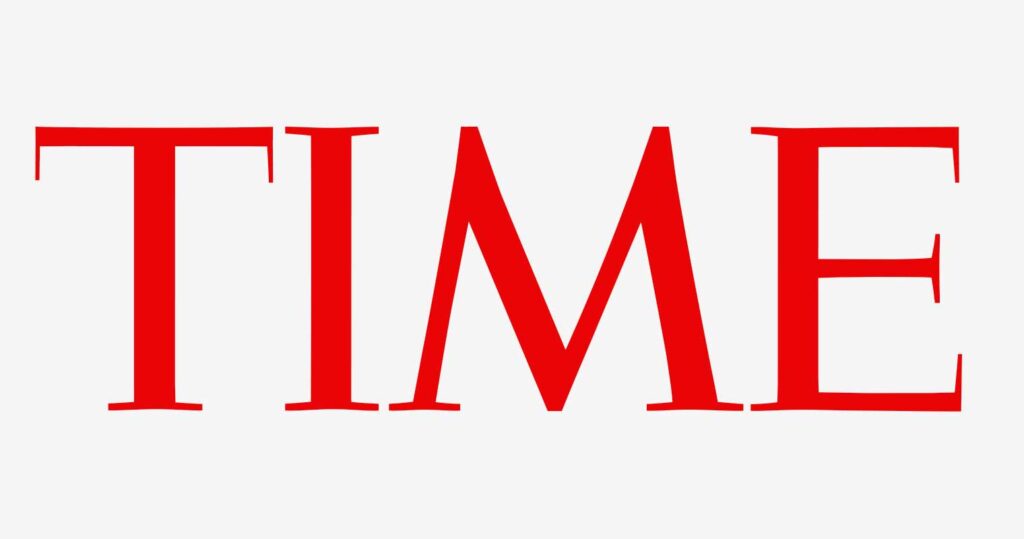
The Role of Fonts in Time Magazine’s Brand Authority
The selection of a serif typeface for Time Magazine is intentional, leveraging the font’s connotations of respectability and reliability.
Traditionally, serif fonts such as Garamond, Didot, and Bodoni have been associated with formal, printed publications, and Time’s use of a serif font reinforces its position as a leading publication.
Legality and Usage Rights of Time’s Font
While Time Magazine’s custom typeface defines its brand identity, its unique design means that the exact font is not available for public download due to copyright laws.
However, for personal use, individuals can utilize similar fonts that evoke a comparable aesthetic. Fonts such as Cinzel are legally available and can serve as a good substitute for designs seeking to mimic Time’s typographic style.
Font Alternatives to Time Magazine’s Type
Looking for alternatives, Cinzel and Proforma, which was a previous typeface used by Time Magazine, are great options when seeking a serif touch.
For those preferring a sans-serif option similar to Helvetica, Lora or Rokkitt could be effective substitutions offering a modern twist while maintaining the classic appeal. These alternatives are available on platforms like Google Fonts and others for easy download and integration into various projects.
By understanding these key aspects of Time Magazine’s use of typography, one can appreciate the brand’s consistency and the role its typeface plays in emblematic representation.
About Time Magazine
Time Magazine, established in 1923, is one of the most authoritative and influential news publications in the world. Renowned for its incisive journalism, Time provides readers with thorough coverage of a wide range of topics, including current events, politics, health, science, and entertainment.
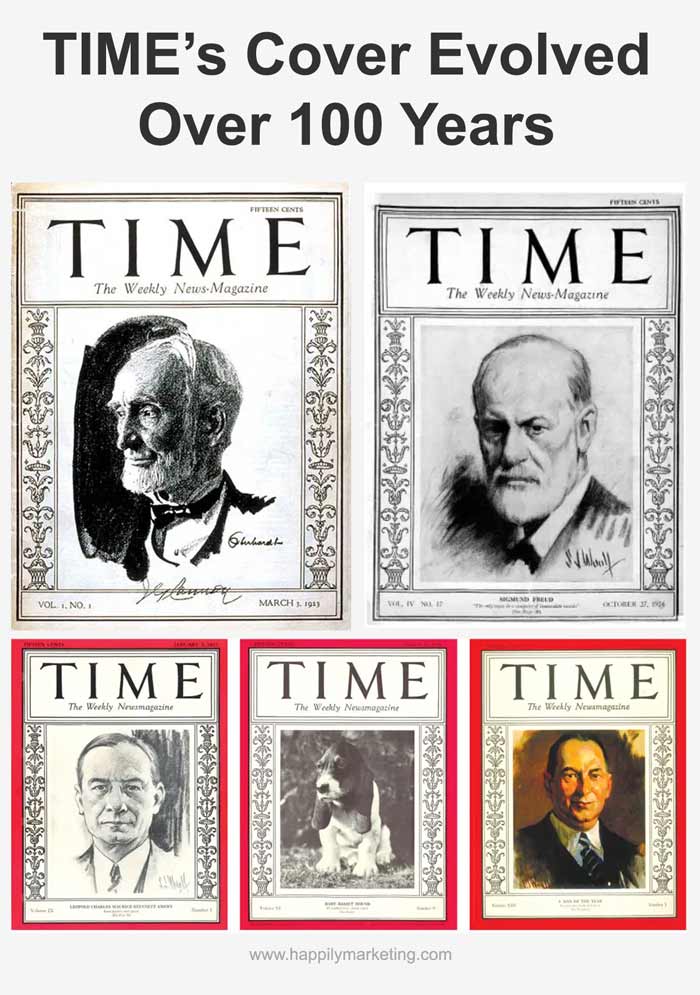
Frequency:
It is published weekly and is known for its distinctive red border and the annual “Person of the Year” feature, which highlights an individual, group, concept, or object that had a significant impact on global events.
Circulation:
The magazine enjoys a broad international readership, with multiple global editions ensuring its content is accessible to a diverse audience.
- Distinctive Elements:
- Iconic red border
- Time’s “Person of the Year”
- In-depth special reports
Online Presence:
As the media landscape evolved, Time Magazine expanded its presence online, offering digital content through its website and various social media platforms. This has allowed it to maintain relevance in the digital age, reaching millions of readers globally.
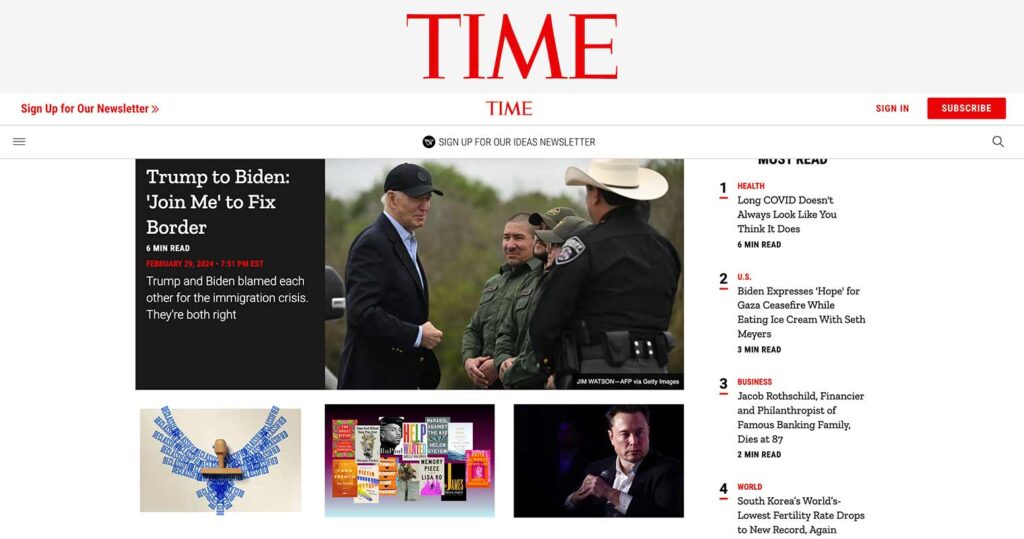
Recognition:
Time Magazine consistently garners critical acclaim for its journalistic excellence, receiving numerous awards and honors for its reporting, writing, and visuals.

